The PlayStation Vita is the first portable to really have the capacity and tech to host full-fledged games. And it is wonderful to see, and play, these role-playing games in full glory and not in limited pixels. Here are seven of the best RPG games on the beloved handheld.
Best ps vita rpg games
7. Ar Nosurge Plus: Ode to an Unborn Star
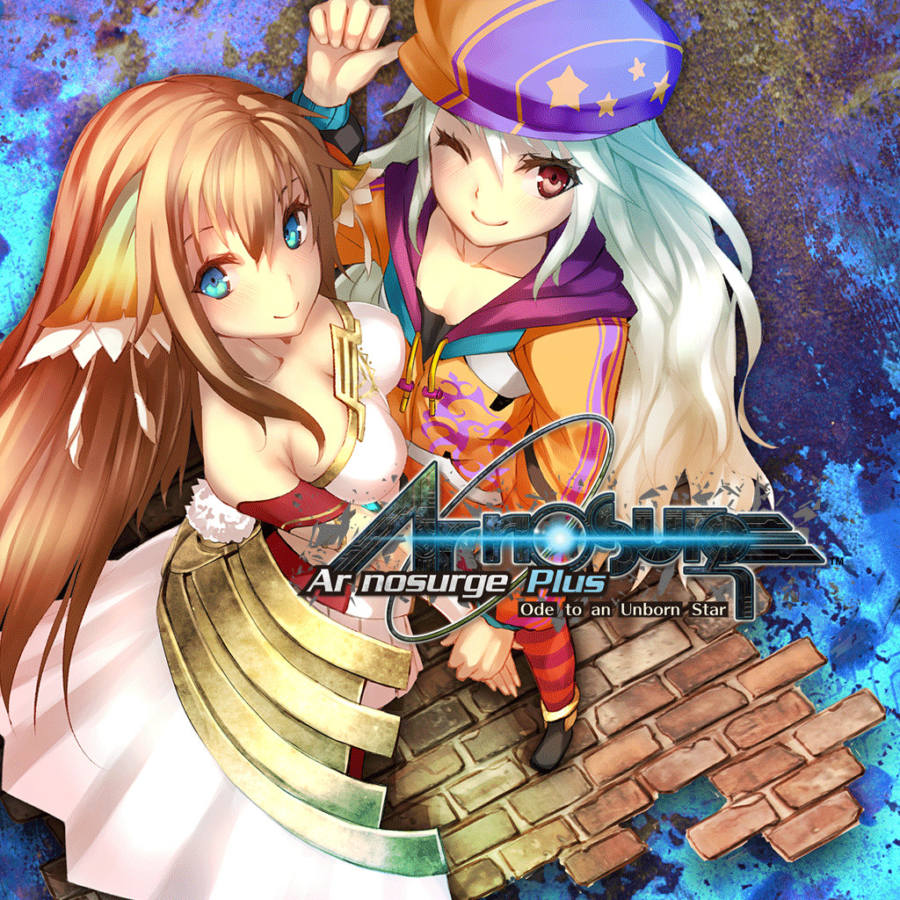
Ar Nosurge Plus: Ode to an Unborn Star, an updated port for the Vita, is a direct sequel to Surge Concerto: Ciel Nosurge, which combines JRPG goodness with amazing visual novel-ity. The narrative revolves around the last human survivors from a destroyed planet, embroiled in a conflict with the mysterious Sharl as they search for a new home. This game is one of the most underrated RPG games out there, be it on the Vita or elsewhere.
The game follows two pairs of protagonists—Delta, a former military member, and Cass, his Song Magic-using partner. Ar Nosurge places a significant emphasis on storytelling, reviewers often described this game as a visual novel with RPG mechanics. Players engage in extensive conversations, synthesis processes, and Rituals of Purification. If you are not into text heavy RPGs, then why are you into RPGs. RPGs are meant to be protracted.
Gameplay is the usual and expected strategic turn-based combat. Ar Nosurge differentiates itself by putting players in a situation where they must eliminate waves of enemies within limited turns, utilizing various attacks and Song Magic. Difficulty modes allow players to fully engage with the mechanics, while synthesis and Genometrics add layers of character development and customization. The soundtrack is also mesmerizing, and the art style and character design are very appealing for an Otaku or a normal human being.
Ar Nosurge is an extremely underrated JRPG with a robust story and engaging combat, suitable for fans of the genre willing to dive into a sequel without even playing the first game.
6. Final Fantasy X / X-2 HD
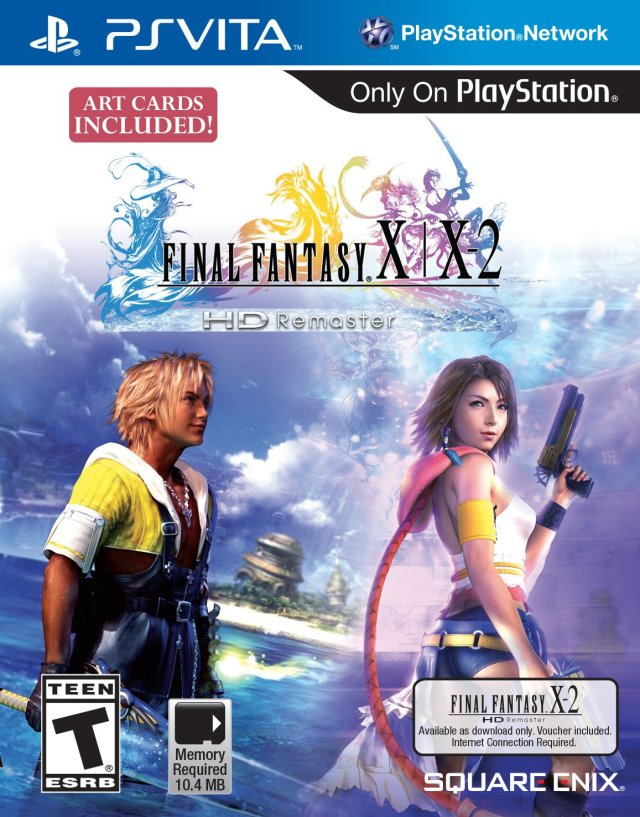
Final Fantasy X | X-2 HD Remaster packages two beloved PlayStation 2 RPGs, updated for modern audiences with high-definition graphics and additional content. The remaster includes the International versions of both games, introducing new features and content previously unavailable in North America. The visual enhancements make the games appear fresh and modern, though there are occasional visual quirks and frame rate drops that detract slightly from the experience. Despite these minor issues, the updated graphics significantly enhance the overall aesthetic, particularly in the iconic CG cutscenes, making the environments and characters more detailed and immersive.
The remaster introduces several gameplay improvements and new features. Final Fantasy X-2 includes the Last Mission, a Roguelike game mode, and allows players to swap out characters for captured monsters, adding a fresh dynamic to the gameplay. New Dress Spheres and job classes, such as the Psychicer and Festival Goer, provide additional variety and strategic options. Final Fantasy X features the Expert Sphere Grid, offering greater customization and freedom in character development from the start, though it requires balancing to maintain the effectiveness of Overdrive skills and character roles. These additions and changes make both games feel novel and engaging, even for those who played the originals.
Despite some design elements showing their age, such as unskippable cutscenes and occasional invisible walls, the remaster’s strengths overshadow these flaws. The revamped music, which may not be popular with the older fans, offers a fresh take on the classic scores. The inclusion of significant new content, like the Last Mission and the Expert Sphere Grid, along with various gameplay enhancements and the visual overhaul, provide ample reasons for both long-time fans and newcomers to revisit these classics. Final Fantasy X | X-2 HD Remaster successfully revitalizes two iconic RPGs, making them worth experiencing again on modern platforms at that point in time. The Vita is everything but a modern platform but this HD remaster appeared on all subsequent hardware, including PC, thereafter.
5. The Legend of Heroes: Trails of Cold Steel
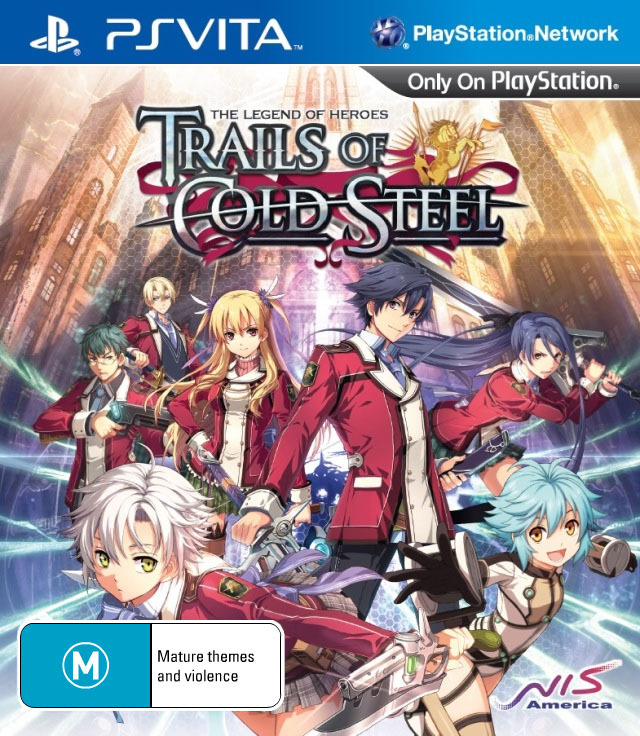
Trails of Cold Steel, the first installment in the Erebonia arc of Falcom’s long-running The Legend of Heroes series, successfully introduces new players while serving long-time fans unreal JRPG goodness. The game’s complex story unfolds within Thors Military Academy, focusing on protagonist Rean Schwarzer and his diverse Class VII. The narrative dives deep into Erebonia’s social and political landscapes.
The game’s visuals are striking, with detailed character sprites, towns, and dungeons. The graphical quality coupled with compelling voice acting makes this game part of this all-time list.
Trails of Cold Steel features a linear progression with turn-based battles incorporating strategic elements, such as arts and crafts targeting specific enemy zones. Players earn Brave Points and utilize the Arcus Orbment system for character customization, making for dynamic and strategic gameplay.
The deep story told in an almost horrifying number of texts, and gameplay intricacies despite being a traditional JRPG make it a standout role-playing game not just on the Vita but also to all other platforms this game appears. The game demands attention to detail, from completing side quests to optimizing character bonds and equipment. Trails of Cold Steel delivers a memorable experience, which set a high bar for its sequels. And we all know what happened to all of the sequels (for those who do not know, they are all pretty damn good.)
4.Ys VIII: Lacrimosa of Dana
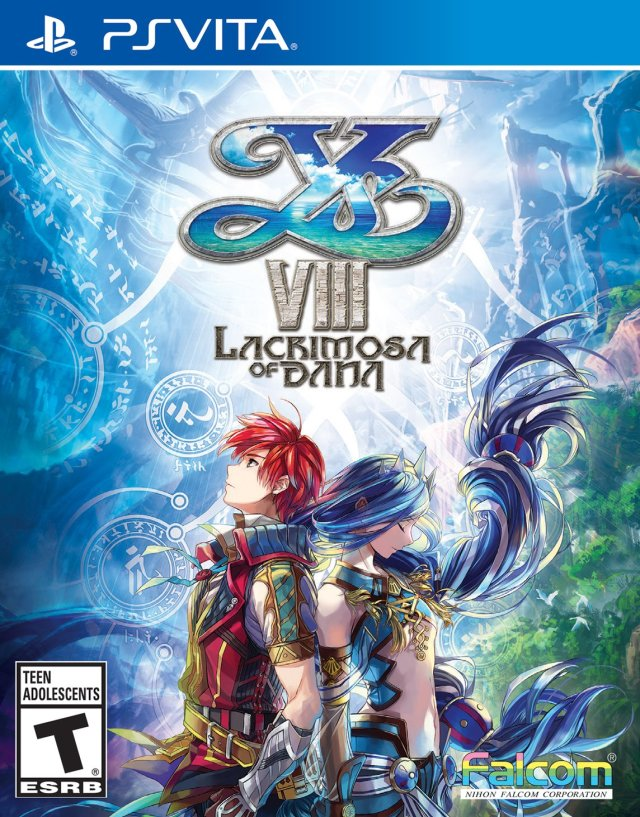
Ys VIII: Lacrimosa of Dana offers one of the best JRPG experiences of its generation. It is the eighth entry in a long-running series which changed significantly entry after entry. The Ys games are considered the best of its class, never really emulated nor surpassed. Just like its predecessors, Lacrimosa of Dana is highly accessible to new players, with a self-contained story focusing on the silent protagonist, Adol Christin, who is shipwrecked on Seiren Island. Adol teams up with a diverse group of survivors to navigate the island’s mysteries and survive its dangers.
The gameplay centers around base building and exploration. This is not Dark Cloud 2, but any RPG enthusiast worth their salt should know this reference. Adol and his team establish a village, rescuing castaways who provide unique services and quests that enhance the gameplay experience. Players explore increasingly dangerous areas, gaining experience and acquiring “Adventuring Gear” to access previously unreachable zones.
The combat system is action-oriented, with characters using various weapon skills that grow stronger with use. Each character has a distinct combat style, and players must strategically exploit enemy weaknesses using slashing, piercing, and crushing weapon types.
The story and characters of Ys VIII are well-crafted, with an excellent balance of twists, suspense, and humor. The game’s translation and voice acting are top-notch, enhancing the narrative experience. Adol, as a silent protagonist, allows players to project themselves into the story, while co-lead Dana stands out as a strong, likable female character. The supporting cast, though somewhat tropey, is well-developed and endearing. Ys VIII’s blend of action-packed gameplay, engaging story, and memorable characters that even the most stone-hearted JRPG fan blush.
3. Digimon Story: Cyber Sleuth

The Digimon franchise, wrongfully known as being the edgy version of Pokemon, expanded significantly with its popular anime series and numerous video games. After a long hiatus in Western releases at that point in time, Digimon Story: Cyber Sleuth marks a return with a classic JRPG style. This game leverages the rich history of Digimon, featuring familiar creatures and introducing new ones. Players are to solve cases as Cyber Sleuths against hackers and data-devouring entities called Eaters.
The game incorporates a turn-based battle system reminiscent of older JRPGs, with elements inspired by the Persona series. Players can deploy up to three Digimon in battle, with additional reserves, utilizing a complex system of type advantages and elemental affinities. The Digimon capture mechanism, where players scan and collect Digimon data during battles to create new team members, is a novel one for monster-catching games. This system ensures a steady flow of new Digimon to experiment with, contributing to the game’s depth and replayability.
Despite its roots as a handheld game, Digimon Story: Cyber Sleuth manages to offer a compelling experience on the PS4, though it has some graphical limitations and linear dungeon designs. The game’s Japanese voice acting enhances its authenticity, though some may miss the familiar English voices. This game’s rich content, engaging combat system, and nearly 250 Digimon to collect make it a rewarding experience for long-time fans and newcomers alike, filling a void in the Western market for Digimon games.
2. Undertale
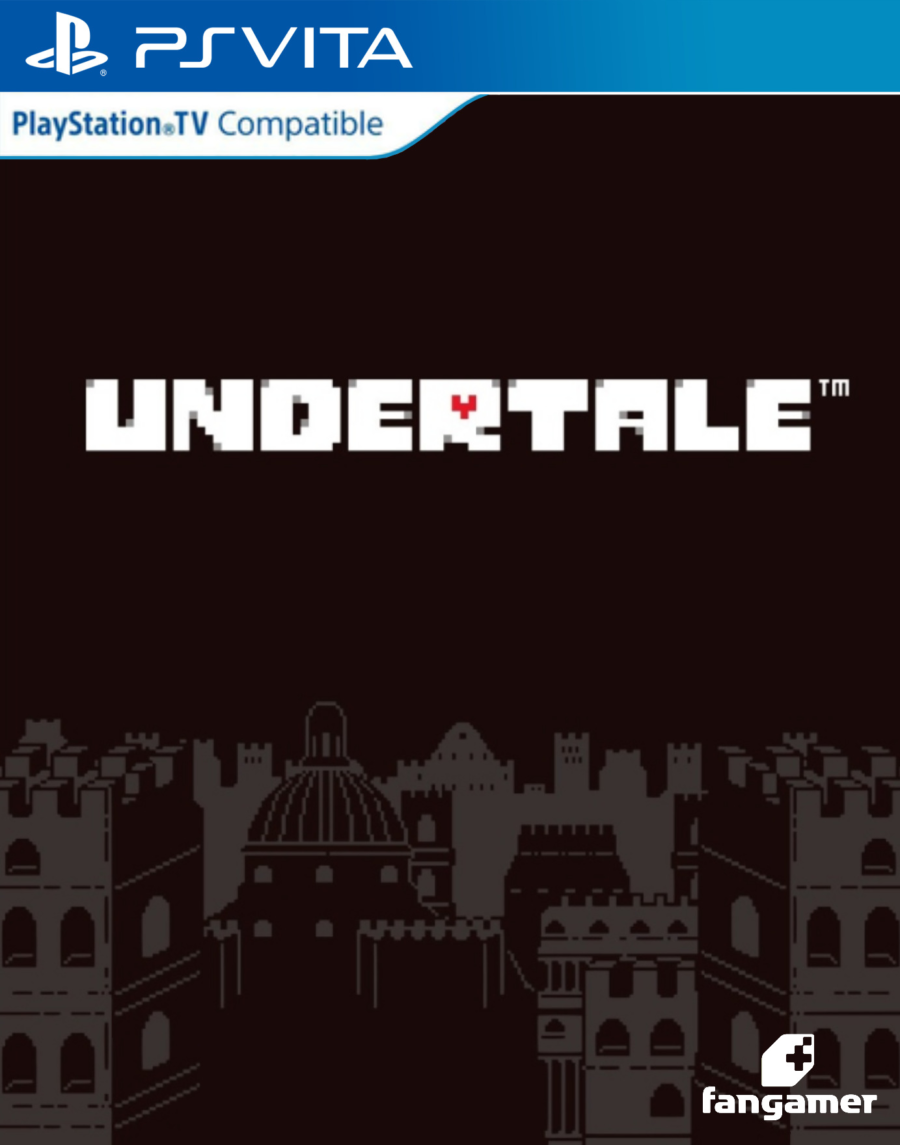
Often compared to EarthBound for its humor, Undertale is an RPG different from everything else through its innovative mechanics, blending traditional RPG elements with bullet hell shooter segments. The plot follows a human child named Frisk navigating an underground world of monsters. Choices significantly impact the storyline, making every decision meaningful and contrasting sharply with games like Mass Effect 3.
The game’s combat system is particularly unique, combining RPG strategies with bullet hell action. Players can choose to attack or spare enemies, each decision affecting the outcome of the story. The battles are varied, with each enemy presenting unique attack patterns that keep the gameplay from stagnating, which is the usual problem with RPGs. Undertale’s puzzle-solving elements further enrich the experience, ensuring that exploration is never monotonous. This dynamic gameplay is complemented by a captivating plot that explores themes of loneliness and hope, making Undertale a deeply emotional journey despite its simple-looking art direction.
Visuals-wise, Undertale adopts a retro aesthetic reminiscent of 1989, which may not be everyone’s cup of tea. Nevertheless, the soundtrack of this RPG is wildly amazing. The music, crafted by Toby Fox, ranges from nostalgic to hauntingly beautiful, enhancing the emotional impact of the game. While Undertale’s appeal might be targeted among older, retro RPG fans, its unique blend of humor, depth, and innovative gameplay mechanics offers something for everyone. Despite its modest budget, Undertale delivers a gaming experience that rivals and even surpasses many big-budget titles.
1. Persona 4 Golden
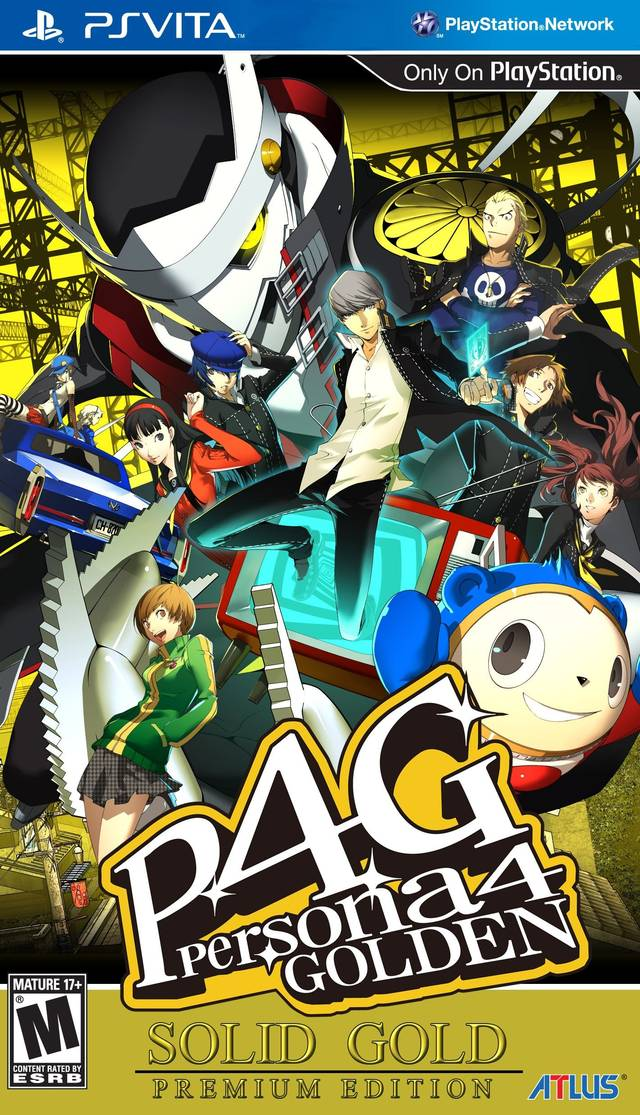
Persona 4 Golden, an enhanced port of the original Persona 4, was released exclusively for the PS Vita for a long time until it got ported to PC in 2020. This enhanced port elevates an already highly regarded game to new heights. This iteration retains the core elements that made the original a standout JRPG on the PlayStation 2 while introducing numerous improvements and additions.
Persona 4 Golden’s compelling narrative revolves around a murder mystery in the rural town of Inaba, where the protagonist and their high school friends work to solve the case without police assistance. The story masterfully blends various genres, including crime, comedy, romance, and drama, creating a deeply engaging and diverse experience.
The game’s realism sets it apart from typical JRPGs, with characters that possess distinct, relatable personalities. The interactions and relationships you develop with these characters are pivotal to both the story and gameplay, adding layers of depth to the experience. The voice acting and soundtrack are also exceptional, with voice actors delivering performances that bring the characters to life and music that enhances the atmosphere and emotional impact of the game.
Persona 4 Golden’s gameplay is divided into dungeon crawling and character building, each providing substantial depth and replay value. Players navigate through the calendar-based progression of the game, balancing daily activities with dungeon exploration. Combat is strategic, involving Persona management and exploiting enemy weaknesses. The fusion system allows for the creation of powerful Personas, adding a layer of addictive complexity. The social link system, where relationships with characters influence Persona abilities. Despite its length and terrifying learning curve, Persona 4 Golden offers an incredibly rewarding experience, making it a must-have for PS Vita owners when nothing is on the horizon for the dead handheld.
